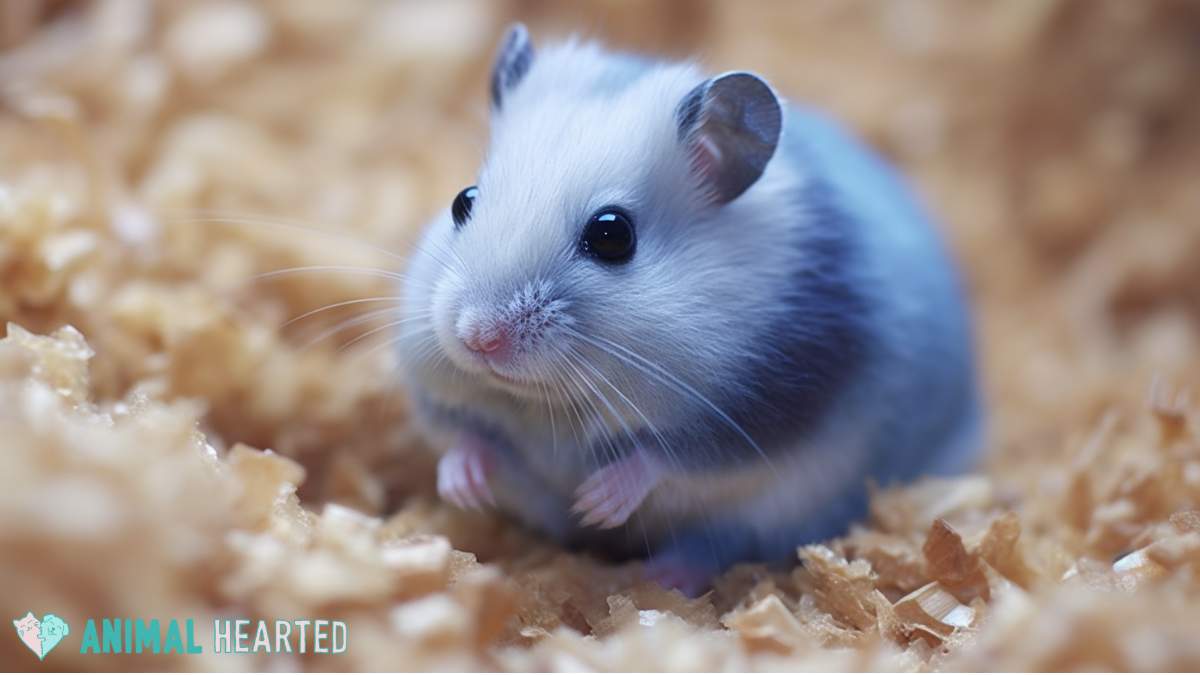Rare and Exotic Hamster Breeds
Hamsters are beloved pets, but few people know about the rare and exotic breeds that exist beyond the common Syrian and Dwarf varieties. In this article, we will explore some of the most interesting hamster breeds, including their unique characteristics, care requirements, and fascinating behaviors. With a variety of colors and sizes, rare hamster breeds can provide an exceptional pet experience. Let’s delve into the world of these unusual furry companions.
Understanding Rare Hamster Breeds
Rare hamster breeds often exhibit characteristics that set them apart from more commonly kept hamsters. These breeds can vary significantly in size, color, and temperament. Most of these hamsters originate from specific geographic areas, which influences their traits and maintenance needs. It’s essential to recognize that many exotic hamsters require special attention to thrive in captivity, making research an essential component of hamster ownership. Additionally, finding these breeds might require connecting with specialized breeders or adoption centers.
The Campbell’s Dwarf Hamster
The Campbell’s Dwarf Hamster is known for its friendly demeanor and small size. Typically, they weigh around 2-3.5 ounces and measure about 4-5 inches long. Campbell’s Dwarfs possess a variety of coat colors including grey, mottled, and black. Unlike many other dwarf breeds, the Campbell’s is quite social and can often be kept in pairs or small groups if introduced properly. However, they require a spacious cage with plenty of hiding spots and enrichment activities to keep them happy and healthy.
/GettyImages-93440556-efb23354d2b647a2a004a1302a76653f.jpg)
The Winter White Dwarf Hamster
The Winter White Dwarf Hamster is a stunning breed distinguished by its ability to change coat color with the seasons. In summer, their fur is brown, while in winter, it can turn to a beautiful white, helping them blend in with their snowy habitats. These hamsters are typically smaller, reaching about 4 inches in length. They tend to be shy but can become very affectionate with proper socialization. Just like the Campbell’s, they thrive in spacious cages with plenty of toys to keep them engaged.
Other Rare Delights: The Roborovski Hamster
The Roborovski Hamster, often regarded as one of the smallest hamster breeds, displays unique charm. It can reach about 2 inches in length and weighs approximately 1 ounce, making it perfect for a home with limited space. Roboroskis are incredibly fast and active, requiring ample room to run and play. Though less likely to be handled, they do enjoy socializing with their companions. It’s essential to provide them with a multilayered cage and activities to stimulate their playful nature.
Key Care Tips for Rare Breeds
When caring for rare hamster breeds, owners should consider several key factors to ensure their pets’ health and happiness. First, owning a cage suitable for their size and breed is crucial. Larger cages tend to be better due to their active tendencies. Remember to include tunnels, exercise wheels, and hiding spots. Secondly, a well-balanced diet containing specially formulated hamster pellets, along with fresh fruits and vegetables, will significantly impact your hamster’s wellbeing. Lastly, socialization is critical; spend time with your hamster daily to foster a comfortable, trusting relationship.
Exotic Hamster Breeds: The Chinese Hamster
The Chinese Hamster is another exotic breed often overlooked, with a slender body and a unique long tail, making it distinct from its stockier cousins. Adults typically measure between 4-5 inches in length. Known for their curious nature, Chinese hamsters can sometimes be a bit nippy, so adept handling from a young age is crucial. Their coat is usually a grey-brown color with a white belly, and they can be trained to use a litter box, making them relatively easy to clean up after.
Considerations for Chinese Hamsters
Chinese Hamsters do best in spacious enclosures and require hiding spots to feel secure. When introducing a new hamster to the home, it’s helpful to separate them initially to recognize their territory. Interactive toys and climbing structures can keep them entertained and fit. As nocturnal creatures, they are most active during the nighttime, making it exciting for evening watchers.
Key Takeaways
- Rare hamster breeds add diversity and uniqueness to the pet hamster population.
- Proper care, including a spacious cage and balanced diet, is essential for their wellbeing.
- Socialization efforts play a crucial role in developing a trusting relationship with your hamster.
- Exotic hamsters like the Roborovski and Chinese Hamster offer wonderful companionship but require special attention.
FAQ
1. What is the lifespan of rare hamster breeds?
Rare hamster breeds generally have a lifespan ranging between 2 to 4 years, similar to common breeds. However, with proper care, some can live longer. Factors like diet, habitat, and healthcare play a significant role in extending a hamster’s life.
2. Are rare hamsters harder to care for than common breeds?
While some rare hamster breeds may have specific care requirements, most fall within the same range of care as common breeds. It is important to understand their unique needs, such as diet preferences, social dynamics, and habitat essentials.
3. Can I house different hamster breeds together?
It’s generally not recommended to house different hamster breeds together, as most hamsters are territorial and can become aggressive towards one another. However, if you want to introduce them, it’s essential to monitor their interactions closely.
4. Where can I find rare hamster breeds?
Rare hamster breeds can be found through specialized breeders or pet stores that focus on exotic pets. Online platforms, local clubs, and animal rescue organizations are also good avenues for finding these unique companions.
5. What are the most popular rare hamster breeds?
The most popular rare hamster breeds include the Campbell’s Dwarf, Winter White Dwarf, Roborovski, and the Chinese Hamster. Each breed has its unique characteristics, behaviors, and social needs.
